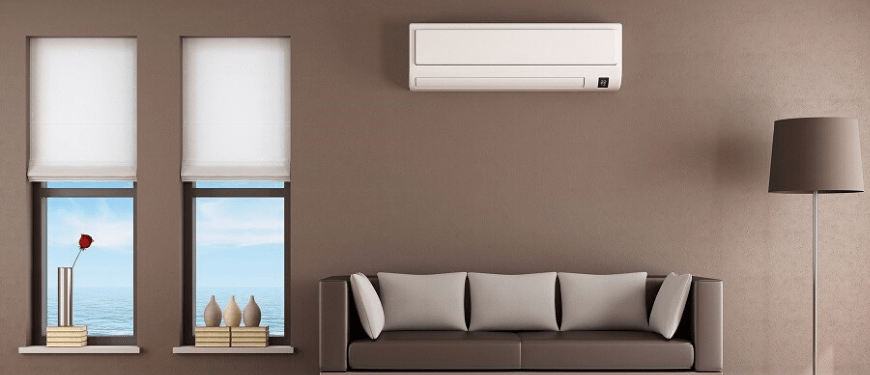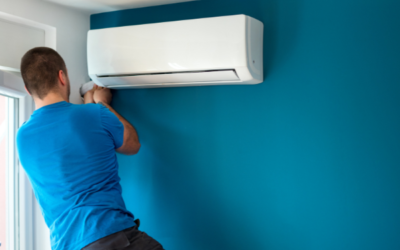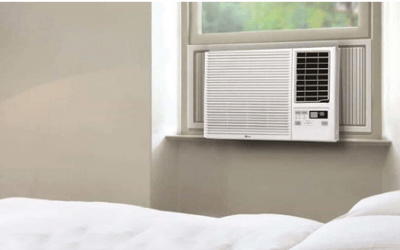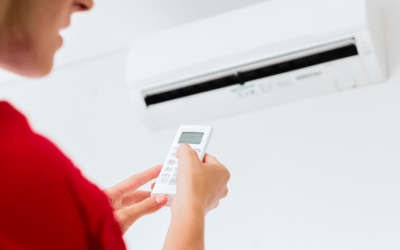
| Sl No. | Brand | Model | Energy- Efficiency Ratio (EER) (W/W) | Nominal marketing capacity (ton) | Nose Level (dB) | Annual Power consumption (KWH) | Star Rating | Retail price (Rs) | Warrantee(Product+ compressor), year |
| 1 | Blue Star | WFA518LL | 3.40 | 1.5 | 55 | 1115 | 5 | 32990 | 1+5 |
| 2 | Carrier | CAS18ES3R30CX+ | 3.60 | 1.5 | 38 | 1119 | 3 | 34499 | 1+5 |
| 3 | LG | PW-Q18WUZA | 3.50 | 1.5 | 44 | 1106 | 5 | 38690 | 1+5 |
| 4 | LG | PW-Q18WUXA | 3.26 | 1.5 | 44 | 1213 | 4 | 1+5 | |
| 5 | Lloyd | GLW18B3YWSES | 3.03 | 1.5 | 52 | 1215 | 3 | 26140 | 1+5 |
| 6 | Panasonic | CW-LN182AM | 3.00 | 1.5 | 56 | 1238 | 3 | 28400 | 1+5 |
| 7 | Voltas | 183 DZA | 2.92 | 1.5 | 58 | 1338 | 3 | 28199 | 1+5 |
| 8 | Hitachi | RAW518HEDO | 3.60 | 1.5 | 50 | 1134 | 5 | 34899 | 1+5 |
| 9 | Voltas | 185V ADA | 1.5 | 54 | 1161 | 5 | 34999 | 1+5 | |
| 10 | Lloyd | GLW18B5YWGEW | 3.37 | 1.5 | 52 | 1115 | 5 | 29990 | 1+5 |
| 11 | LG | JW-Q18WUZA | 3.50 | 1.5 | 44 | 1136 | 5 | 37790 | 1+5 |
| 12 | Daikin | FRWF50TV162 | 1.5 | 49 | 1265 | 3 | 35500 | 1+5 | |
| 13 | Panasonic | CW-XN182AM | 3.34 | 1.5 | 56 | 1169 | 5 | 32288 | 1+5 |
| 14 | Whirlpool | 41328 | 4.73 | 1.5 | 35 | 826 | 5 | 35990 | 1+5 |
| 15 | Carrier | CAI18ES3R30F1 | 3.85 | 1.5 | 37 | 1035 | 5 | 36000 | 1+5 |
| 16 | Hitachi | RAW518KUD | 3.35 | 1.5 | 50 | 1575 | 5 | 34899 | 1+5 |
| 17 | Voltas | 185 LZH | 3.35 | 1.5 | 54 | 1155 | 5 | 28199 | 1+5 |
| 18 | LG | JW-Q18WUZA | 3.50 | 1.5 | 44 | 1106 | 5 | 37790 | 1+10 |
| 19 | Hitachi | RAW518HEDO | 3.60 | 1.5 | 50 | 1134 | 5 | 34499 | 1+5 |
| 20 | Daiken | FRWL50TV162 | 1.5 | 49 | 1265 | 3 | 35500 | 1+5 | |
| 21 | Lloyd | GLW18B32WSEW | 2.99 | 1.5 | 53 | 1269 | 3 | 30990 | 1+5 |
| 22 | IFB | CI2433E323G1 | 3.98 | 2.0 | 32 | 3600 | 3 | 46490 | 1+10 |
| 23 | Panasonic | CS/CU-NU24XKYWA | 4.60 | 2.0 | 1044 | 5 | 54990 | 1+10 | |
| 24 | Hitachi | RMRG524HEEA | 4.70 | 2.0 | 37 | 1159 | 5 | 56950 | 2+10 |
| 25 | Blue star | IA524DLU | 4.65 | 2.0 | 43 | 1087 | 5 | 58500 | 1+10 |
| 26 | Carrier | CAI24ES5R30F0 | 4.62 | 2.0 | 38 | 1048 | 5 | 57990 | 1+10 |
| 27 | LG | PW-Q24WUZA | 3.50 | 2.0 | 44 | 1370 | 5 | 48390 | 1+10 |
| 28 | Daikin | FTKL71U | 2.0 | 39 | 1373 | 4 | 61990 | 1+10 | |
| 29 | Samsung | AR24BY4ANWK | 4.12 | 2.0 | 45 | 1089 | 4 | 54990 | 1+10 |
| 30 | Godrej | AC 2T GIC 24LTC3-WSA Split 3S | 3.74 | 2.0 | 40 | 1296 | 3 | 48609 | 1+10 |
Elevate Your Comfort: Discover the Efficiency of Inverter Air Conditioners
If you prioritize robust performance, consistent temperatures, and lasting economic benefits, then inverter air conditioners are the ideal choice. Conversely, if the upfront...
Window Type Air Conditioners: Efficient Cooling for Your Space
There is a wide array of air conditioner brands, each offering numerous models that differ primarily in aesthetics, design, appearance, colour, shape, and size. As a result,...
Inverter Air Conditioners: Making the Best Choice
Inverter technology based air conditioners are relatively expensive but offer several advantages. An inverter AC runs the compressor at different speeds according to the ambient...



